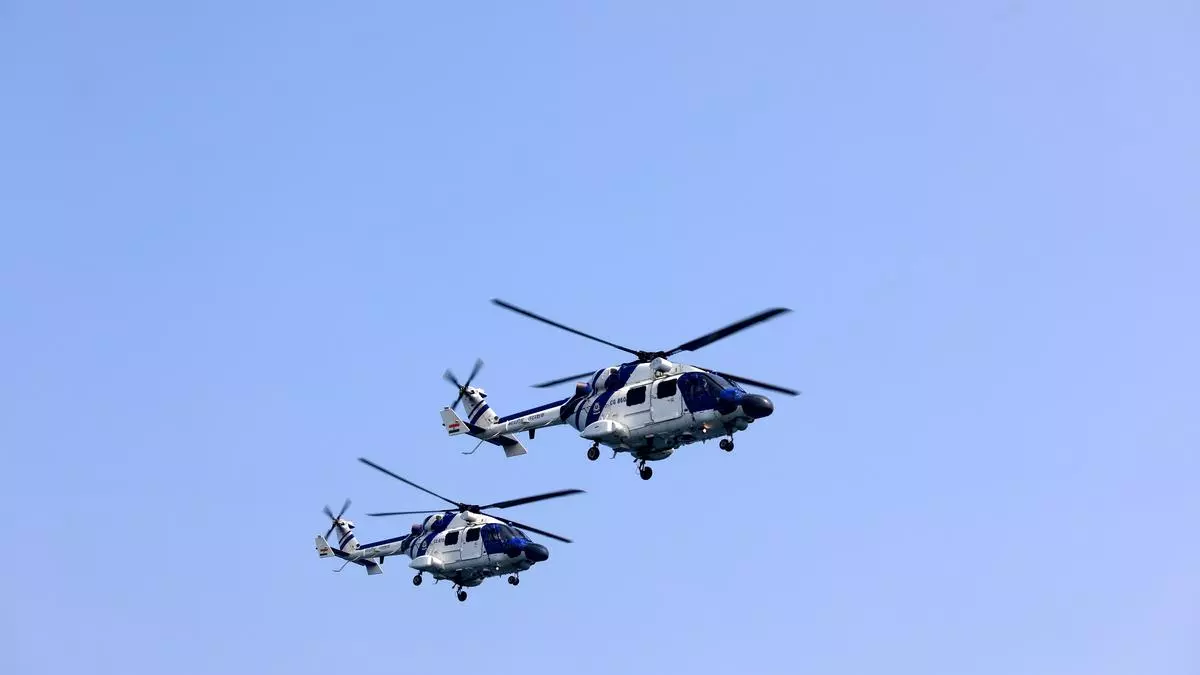Edward Hurme was puzzled. Every year, billions of bats migrate vast distances, guided by environmental cues like wind and temperature. But how do bats, weighing under 40 grams, manage to traverse thousands of kilometers? Their migration resembles that of birds but with some critical differences. While most birds migrate annually, bats follow more varied schedules. Many males skip migration entirely, while pregnant females often head to specific destinations.
Although bird migration has been extensively studied, bats remain shrouded in mystery. Using small, “Internet of Things” (IoT) sensors, Hurme and colleagues may have solved the mystery. They tracked 71 bats over three years, revealing an intriguing behavior: bats “surf” warm air waves during migration.

Migration is a perilous endeavor, demanding energy and strategic planning. You wouldn’t do it unless there’s a clear benefit, and for bats, we’re not sure what that benefit is.
The perilous journey of noctule bats, which can travel up to 1,600 kilometers between wintering grounds and summer roosts, demands precision and energy efficiency. Even minor errors could be fatal. Tracking their movements, however, has historically been challenging.
Enter IoT telemetry tags. These revolutionary devices, weighing just over a gram, transmit real-time data via a long-range wireless network. Unlike older tags that required researchers to recapture bats for data retrieval, these sensors offered continuous insights into migration paths, environmental conditions, and energy expenditure.
“The sensor data are amazing!” says Hurme, the study’s first author and a postdoctoral researcher at the University of Konstanz, Germany. “We don’t just see the path that bats took, we also see what they experienced in the environment as they migrated. It’s this context that gives us insight into the crucial decisions that bats made during their costly and dangerous journeys.”

The data revealed how female common noctules synchronize their spring migrations with storm fronts, traveling hundreds of kilometers per night. These bats leverage the arrival of warm weather systems to reduce energy expenditure.
Surfing bats
Right from the start, it was clear that bats don’t migrate the same way as birds.
“There is no migration corridor,” says senior author Dina Dechmann from MPI -AB. “We had assumed that bats were following a unified path, but we now see they are moving all over the landscape in a generally northeast direction.”

So bats don’t exactly fly willy-nilly, but they don’t follow strict migration paths, either. This wasn’t the only major difference compared to birds’ migration. While birds fly for longer times without stopping, bats make frequent stops, likely because they need to feed.
“Unlike migratory birds, bats don’t gain weight in preparation for migration,” says Dechmann. “They need to refuel every night, so their migration has a hopping pattern rather than a straight shot.”
Then, on certain nights, something striking started happening. “On certain nights, we saw an explosion of departures that looked like bat fireworks,” says Hurme. “We needed to figure out what all these bats were responding to on those particular nights.”
Again, the changes could be explained by the weather.
The perfect nights for migration
Bats would leave when air pressure dropped and temperatures spiked. In other words, they’d leave just before the storm.
“They were riding storm fronts, using the support of warm tailwinds,” says Hurme. The tag’s sensors that measured activity levels further showed that bats used less energy flying on these nights of warm wind, confirming that the tiny mammals were harvesting invisible energy from the environment to power their continental flights. “It was known that birds use wind support during migration, and now we see that bats do too,” he adds.
This enabled the bats to fly for so long and conserve energy. However, not all migrations occurred under ideal conditions.
Late-departing bats faced reduced wind support, leading to greater energy expenditure. This flexibility in migration timing highlights the adaptability of noctules but also suggests an energetic cost for missing the optimal migration window.
The researchers identified key environmental triggers for migration: increasing temperatures, falling barometric pressure, and strong wind support. These conditions, often associated with storm fronts, provided an optimal window for bats to make their long journeys.
An important finding for bats
The findings have profound implications for bat conservation. Migratory bats play important roles in ecosystems but also face numerous threats, from habitat loss to climate change. Understanding the environmental factors influencing their migration can inform strategies to protect critical habitats and minimize risks along their routes. However, if their routes are less well-defined than those of birds, it makes it all the more difficult to protect them.

Climate change, as always, complicates things. Rising global temperatures are already altering the timing and conditions of migration. For noctule bats, earlier spring departures could either confer an advantage or create mismatches between arrival timing and food availability. The flexibility observed in this study suggests bats can adapt to some extent, but the energetic costs of suboptimal migration may have long-term consequences.
Journal Reference: “Bats surf storm fronts during spring migration” by Edward Hurme, Timm Wild, Ivan Lenzi, Martin Wikelski,
and Dina K. N. Dechmann is published in Science at http://science.org/doi/10.1126/science.ade7441








Leave a Comment